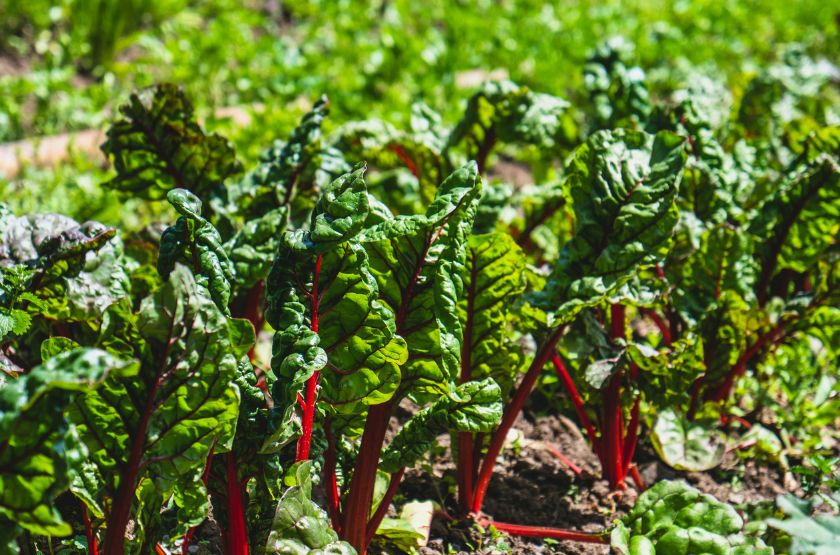
Collard greens (Brassica oleracea var. acephala) dates back thousands of years with a rich history. Here’s an overview of the history of collard greens:
Ancient Origin – Collard greens are in the Brassicaceae family, which includes cabbage, broccoli, and kale. The exact origin of collard greens is difficult to pinpoint, but they are believed to have originated in the eastern Mediterranean region and have been cultivated since ancient times.
Spread to Europe – Collard greens likely spread to Europe through cultural and trade exchanges. Greeks and Romans were known to have cultivated and consumed various types of leafy greens, and collards may have been among them.
African Influence – Collard greens became an integral part of African cuisine through the slave trade. Enslaved Africans brought their agricultural knowledge, including the cultivation of collard greens, to the Americas. The vegetable thrived in the Southern United States due to its adaptability to the climate.
Southern United States – Collard greens became a staple in Southern cuisine, particularly among African American communities. The vegetable is associated with traditional dishes like collard greens with ham hocks or other pork products, and it is a common side dish in Southern meals.
Nutritional Value – Collard greens are not only flavorful but also nutritious. They are an excellent source of vitamins A, C, and K, as well as folate and fiber. The nutritional benefits have contributed to the continued popularity of collard greens in various cuisines.
Cultural Significance – Collard greens have cultural significance in African American traditions, especially during New Year’s celebrations. It is believed that eating collard greens on New Year’s Day brings good luck and financial prosperity.
Global Cuisine – With time, collard greens have become appreciated in various global cuisines. They are used in diverse ways, from traditional Southern recipes to more modern and international dishes.
Collard greens have a long, diverse history, playing a crucial role in the culinary traditions of different cultures. Today, they continue to be enjoyed for their unique flavor and nutritional benefits in a variety of dishes around the world.


